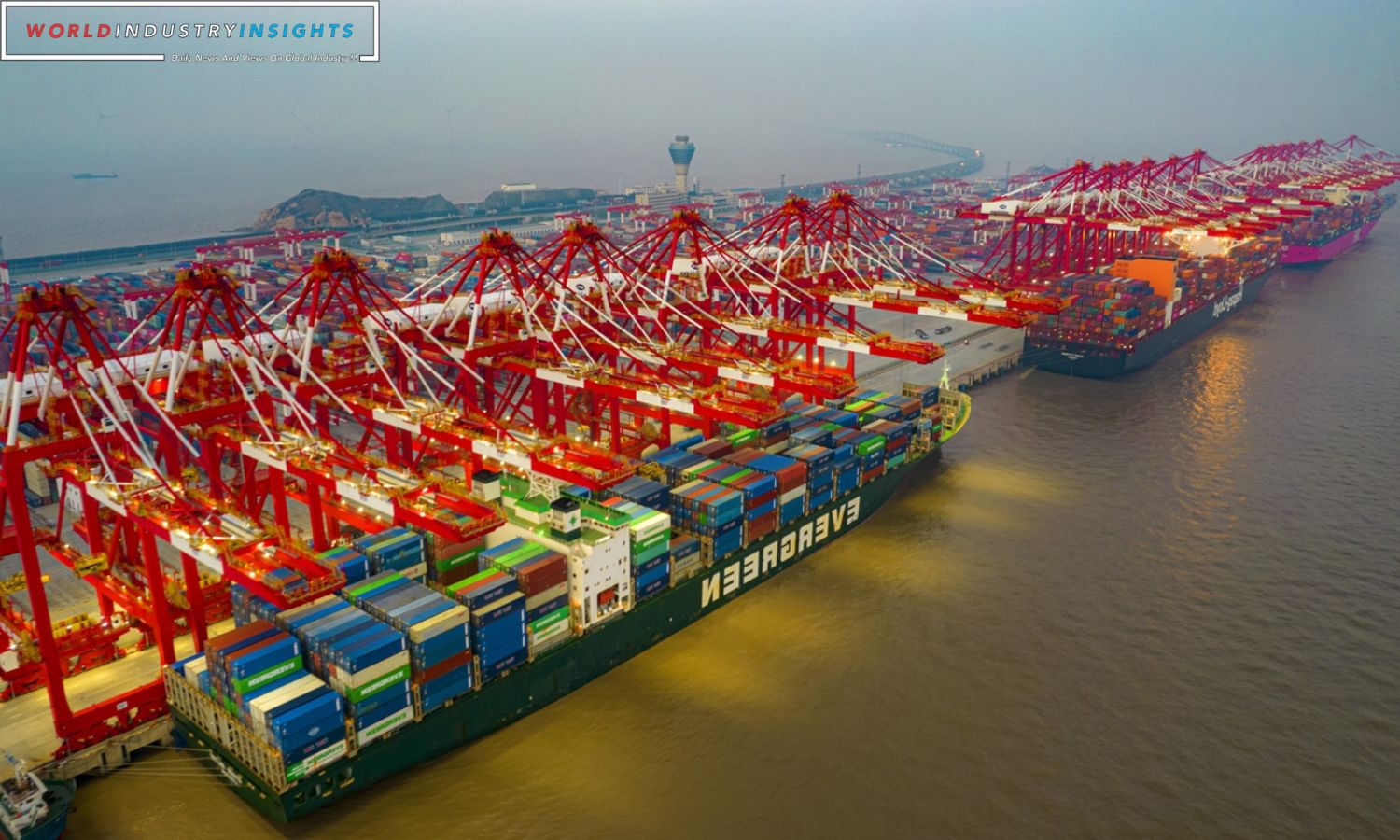China Export Resilience: In November, China’s export figures defied expectations, showing a surprising 0.5% growth compared to the previous year. This unexpected upturn suggests that Chinese factories, grappling with a prolonged slump in demand, are resorting to discount pricing to attract buyers. The positive export data comes amidst mixed manufacturing figures for November, fueling discussions about the need for additional policy support to bolster economic growth.
While the export growth appears to align with market expectations, concerns linger over the strategy of Chinese manufacturers relying on reduced prices to drive shipments. Analysts point out that the sequential growth in China’s exports over the past months indicates some resilience. The Baltic Dry Index, a global trade indicator, reached a three-year high in November, reflecting increased demand for industrial commodities, especially from China.
However, some caution is advised. China’s official purchasing managers’ index (PMI) for November revealed that new export orders contracted for the ninth consecutive month. Private sector surveys also highlighted the challenges faced by factory owners in attracting overseas buyers for the fifth consecutive month. Although export volumes hit a new high, it was noted that this was supported by exporters reducing prices, a strategy that may not be sustainable in the long run.
Also Read: China Export Limits on Gallium and Germanium Metals Squeeze Global consignment
Analysts emphasize the need to scrutinize the broader economic landscape, as factory gate prices contracted for a second consecutive month, while input costs expanded for the fifth straight month. Despite a quicker-than-expected growth in the third quarter and generally positive data from October, uncertainties persist regarding the sustainability of any uptick in overseas demand and the effectiveness of support measures initiated by Beijing since June.
The International Monetary Fund (IMF) upgraded its China growth forecasts for 2023 and 2024, albeit from a lower base. However, Moody’s recent downgrade warning on China’s A1 credit rating indicates ongoing economic challenges. The markets seem reflective of this caution, with the yuan easing against the dollar, and stock indices experiencing fluctuations.
China’s economic recovery appears uneven, with the property market, unemployment concerns, and weak household and business confidence posing threats to sustained domestic growth. While overseas demand for Chinese exports may be stronger than expected, it remains to be seen whether this can serve as a robust growth pillar into the next year, especially with cooling economies in Europe and the United States. As China navigates economic complexities, the question remains: Is this export growth a temporary boost or a sign of a sustainable recovery?
Our Reader’s Queries
Is China’s economy resilient?
China’s economy is proving to be resilient in the face of external pressure and internal challenges. With its massive market size, technological innovation, and development capabilities, the country is bouncing back and disproving any pessimistic predictions. This is a testament to China’s ability to withstand adversity and emerge stronger than ever before.
Why are China’s exports falling?
The demand for Chinese exports has taken a hit due to the Federal Reserve and central banks in Europe and Asia raising interest rates to combat inflation. This has resulted in a meager 0.03% increase in total trade for January-October, as per the latest data released on Tuesday.
How fragile is the Chinese economy?
According to the report, the world’s second-largest economy is still struggling to recover from the impact of the COVID-19 pandemic and other setbacks. The recovery is fragile due to weaknesses in the property sector, a decline in global demand for China’s exports, high levels of debt, and wavering consumer confidence. These factors continue to pose challenges for the economy, making it difficult to achieve sustained growth.
Is China’s export oriented growth sustainable?
China faces a tough challenge in maintaining its export-oriented growth. To achieve this, it needs to increase exports rapidly and gain significant market share. However, this task is made difficult by the slow recovery in global demand and the possibility of lower global growth potential.


